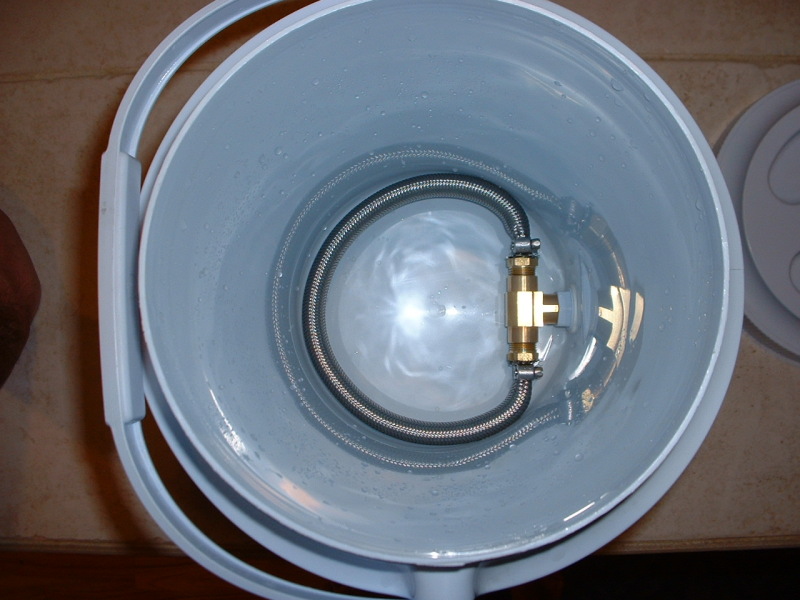CodeRage
Death by Magumba!
JK is right on. After some experimenting and a lot of "Pol" reading on here, a 7 gal boil with one 2KW element will not cut it. I built my clone with two 2KW elements and it will give 7 gallons a rip roaring boil. I plug my second element into a separate circuit in my kitchen for the boil and throttle the other element in my PID back to 75%. This gives me 3500W for my full boil.
Sorry to go off topic here but I keep seeing 75%=3500W output and I dont get it.
I have an auber PID and when put into manual with a value of 75% it still is max wattage but the duty cycle is changed to 75%. I can hear my kettle with a 4500W element die down and then go to a roaring boil and continue to cycle. My At is set to 0 so it isn't because my minimum duration is set too high. It sure as heck isn't PWM because it is entirely way too slow.
Unless you mean 75% is the average of x many Watts over 100% cycle time, you are still blasting your wort with 100% power.
I believe there is an allusion that you can fine tune the amount of instantaneous heat being applied to the wort, which isn't true. At least not with this equipment.




